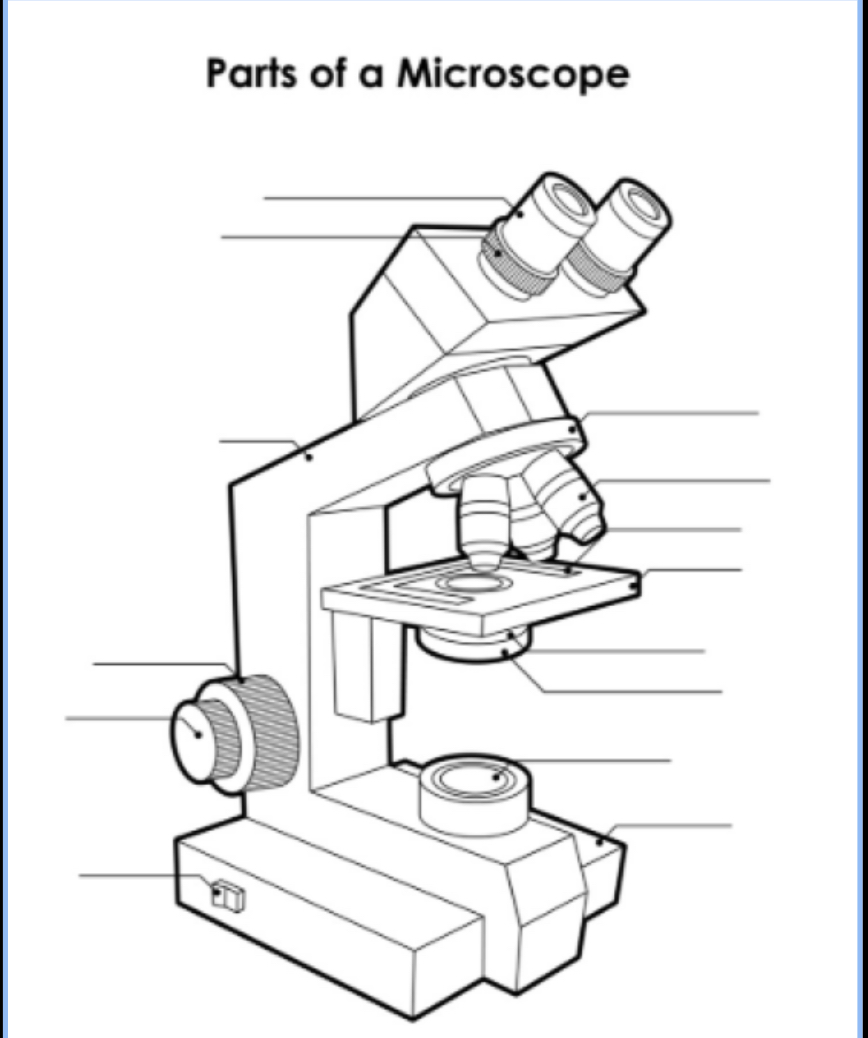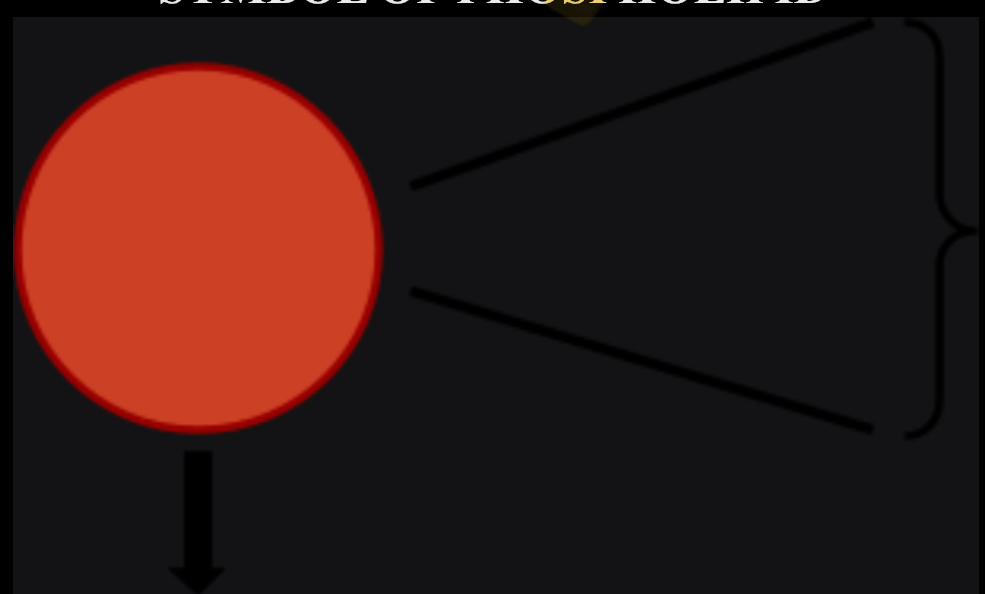Biology 30 Test study
1/19
There's no tags or description
Looks like no tags are added yet.
Name | Mastery | Learn | Test | Matching | Spaced |
|---|
No study sessions yet.
20 Terms
What is Biology?
Biology is the study of life. “Bios” meaning life, and “Ology” meaning the study of (logos).
CHARACTERISTICS OF LIFE
Contain Genetic material (DNA or RNA)
Made up of cells
I. unicellular
ii. Multicellular
Maintain a stable internal environment (Homeostasis)
Evolve
Reproduce
I. sexually, meaning two organisms are required
ii. Asexual reproduction
Grown and develope
Respond to their environment (Stimuli)
Obtain and use material and energy (Metabolise)
What is a Virus?
A noncellular particle made up of genetic material(DNA/RNA), and Protein
THE LYTIC LIFECYCLE OF A VIRUS
The virus attaches itself to a wall.
The Nucleic Acid from the virus enters.
The Nucleic Acid of the virus directs cells to make new virus parts.
The virus parts are put together, making copies of the virus.
The cell bursts open and viruses are released.
ARE VIRUSES ALIVE?
The topic whether viruses are alive or not is highly debated amongst scientists since viruses share similar characteristics of live organisms.
WHERE DID LIFE COME FROM?
Spontaneous generation/ Abiogenesis
Biogenesis
What is Spontaneous Generation/ Abiogenesis?
The Belief that life came from non-living matter.
Ex:
Frogs and fish formed in the clouds and fell to the Earth as rain.
Mice came from dirty shirts placed in a container of wheat.
Flies come from dead rotting meat
What is Biogenesis?
The belief that life came from other life of the same type. Life comes from life.
SCIENTISTS
Francisco Redi
By placing a small piece of meat inside a sealed and unsealed jars- it resulted in the exposed meat “producing” maggots. However this experiment angered scientists since the sealed jar did not contain oxygen, therefore- he conducted another experiment to which he sealed the jar with mesh. He later found no maggots formed.
He also conducted another experiment which revealed that maggots developed into flies.
John Needham
He boiled nutrient broth for a short time and sealed it with cork. He then let the flask sit for a few days and when he observed it again; he discovered organisms in the broth. John Needham proved abiogenesis.
Lassaro Spallanzani
He challenged John Needham's experimentation stating that he improperly sealed the flask with cork which allowed for oxygen to enter, and Needham did not boil the broth long and hot enough.
In his experiment, he placed a nutrient broth in a glass flask and used melted glass as the seal. In addition, he boiled the broth for an hour which ensured for any bacteria to die. After letting it sit for several days, he found that no organisms formed. He disproved abiogenesis.
Louis Pasteur- famous for pasteurization
In his experiment, he heated nutrient broth in an open flask and observed the microorganisms from the air in the broth. In his second experiment, he placed nutrient broth in a sterilized Swan Neck Flask and boiled the mixture to destroy microorganisms. Due to the flask’s design, air was able to enter but the air-born microorganisms were trapped in the flask's elbow. No microorganisms were present in the flask, only when he tipped the flask to bring the broth into contact with the trapped dust did he observe microorganisms growing. He disproved abiogenesis and invented heating a liquid to kill microorganisms(Pasteurization).
Microscope

CELLS
The basic structure of life that carries essential processes such as obtaining energy and growing.
How did it come to be called a cell?
Robert Hooke coined the term “cell” after examining a cork tissue and thought that the honeycomb structure resembled that of a small room or cells in a monastery.
CELL THEORY
Cells are the basic units of structure and function in all living things.
All living things are made out of cells
All cells come from preexisting cells.
TYPES OF CELLS
PROKARYOTIC
Cells which lack a nucleus, non-membrane bound organelles
ex) bacteria
EUKARYOTIC
Cells which contain a nucleus, membrane bound organelles
CELL ORGANELLES AND THEIR FUNCTION
Nucleus | The control center of the cell, directs cell activity, and site of DNA and mRNA synthesis |
Nucleolus | Site of Ribosome production |
Nuclear Membrane | Allows for communication between the nucleus and cytoplasm |
Nucleoplasm | Contains chromatin (relaxed DNA) |
Ribosome | Site of protein synthesis |
Smooth Endoplasmic Reticulum | It ships material throughout the cells interior, a hollow tubule that run through the cytoplasm |
Rough Endoplasmic Reticulum | Same function as SER but is also the site of protein synthesis since it contains ribosomes. |
Golgi Body | Packages products and sends them to the cell membrane to be exported |
Mitochondrion | Site of cellular respiration |
Cytoplasm | Provides residence for all of the cell organelles |
Cytoskeleton | Maintains cell shape |
Vacuole | Stores H20 |
CELL ORGANELLES UNIQUE TO EUKARYOTIC ANIMAL CELLS
Centriole Pair | Responsible for cell division |
Lysosomes | Digests macromolecules, removes unwanted cell part |
Flagellum | Allows for movement |
CELL ORGANELLES UNIQUE TO EUKARYOTIC PLANT CELLS
Chloroplast | Site of Photosynthesis, it is what gives plants the green colour |
Cell Wall | It provides physical protection and strength to lengthening plant bodies |
CELL MEMBRANE STRUCTURE AND FUNCTION
The cell membrane serves as a boundary to separate what is in and what is outside of the cell. It controls the entry and exit of molecules into the cell.
Note: Not all molecules are able to pass through the cell membrane due to Selective Permeability.
The Cell Membrane is composed of two layers of phospholipids, also referred to as the Phospholipid Bilayer.
SYMBOL OF PHOSPHOLIPID
